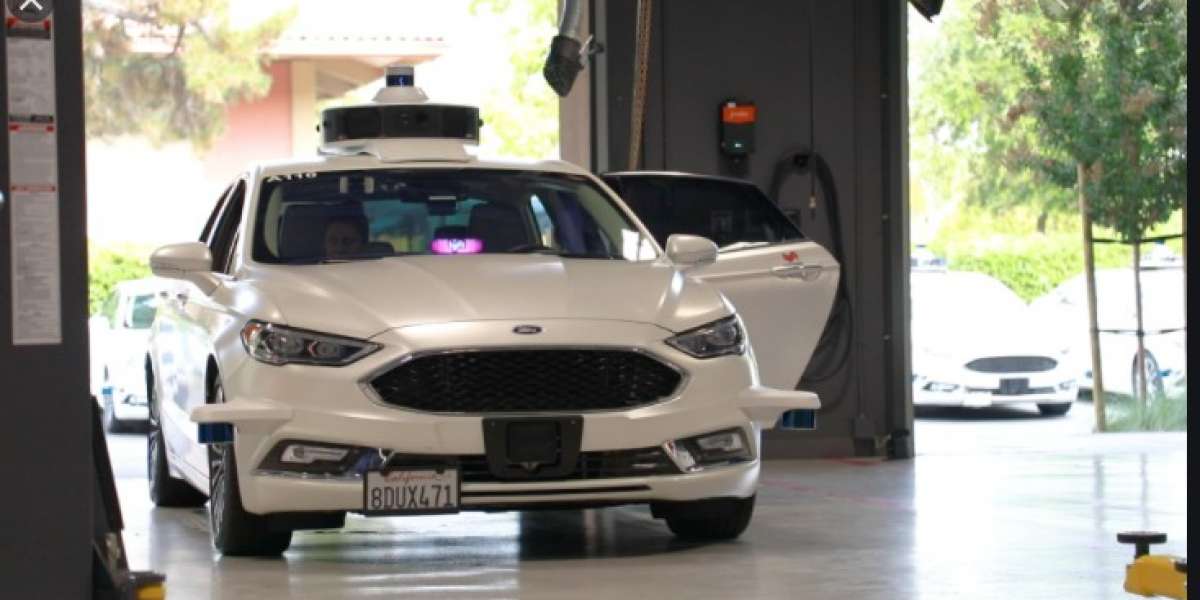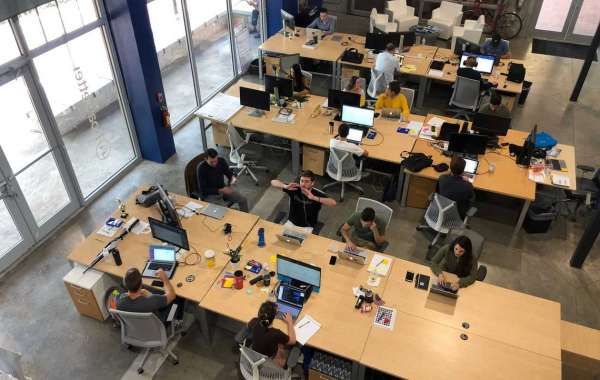Lyft, the second largest ride-hailing service in the U.S., once helped disrupt the taxi industry. Now, the company is working hard to avoid being disrupted itself as self-driving cars turn from sci-fi into reality.
According to Taggart Matthiesen, vice president of product at Lyft’s Autonomous Group, the company has assigned around 400 of its engineers to work on two distinct self-driving initiatives.
One is the “open platform” where Lyft connects passengers with semi-autonomous vehicles created by its partners, including Aptiv in Las Vegas and Alphabet’s Waymo in Chandler, Arizona. The other is Lyft’s effort to create its own self-driving systems, work that it does primarily at Level 5, its sizable lab in an unassuming office park in Palo Alto, Calif.
“We think that self-driving is bigger than just one group, one organization. And we think that this is a great way to help accelerate self-driving overall,” Matthiesen said.
Rather than build a self-driving car from the ground up, like Zoox or Tesla, Lyft is developing a “self-driving stack,” that employs cameras, radar and lidar sensors, along with proprietary software that serves as the brains of a car.
So far, Matthiesen said, Lyft has integrated this technology into Ford Fusions and Chrysler Pacificas, and it now operates these cars in a research fleet that’s only accessible to Lyft employees in Palo Alto. The company scored special permission there to test its self-driving cars with human safety drivers on board in a limited area. Hailing one of these rides to and from work is a perk – and for some employees a requirement – of the job.
Lyft will face competition from peers like Uber, along with legacy car companies like Ford and GM, Abuelsamid said.
U.C. Berkeley professor Avideh Zakhor, whose specialty is in computer vision and artificial intelligence, said that ride-hailing companies have one huge advantage over other self-driving players: years of data with more streaming in all the time.
“Having a presence in the streets and being able to collect a lot of data is always good because the thing that makes machine learning algorithms improve is, as we all know, massive amounts of data,” Zakhor said
Lyft isn’t disclosing its exact ridership numbers yet, but according to a director of Lyft’s self-driving platform, Jody Kelman, 96% of those who tried going “driverless” using the Lyft app have said they would want to do so again. For those who don’t want the autonomous experience quite yet, Kelman and Matthiesen said, they can always opt for a human driver or other transit options using the Lyft app.
Here is the brief description of the project that I worked on about the Lyft's autonomous vehicle Level 5 project
- Predicted the vehicle motions with a pretrained vehicle model by
-Loading the train and test data using the L5kit and pytorch packages
-Visualized the target positions movement with draw_trajectory - Predicted three possible paths together with the confidence score, by using the specific loss function in the form of negative log likelihood.
- Defined the baseline model and returned three possible trajectories together with confidence score for each trajectory.
- Initialized the model and loaded the pretrained weights by the usage of GPU
- Implemented the training loop when the train parameter was set to True.
- Finally, we implemented the inference to submit to Kaggle when predict parameter was set to True.
- For test, by using 99 frames of objects moving around their locations were predicted in the next 50.











